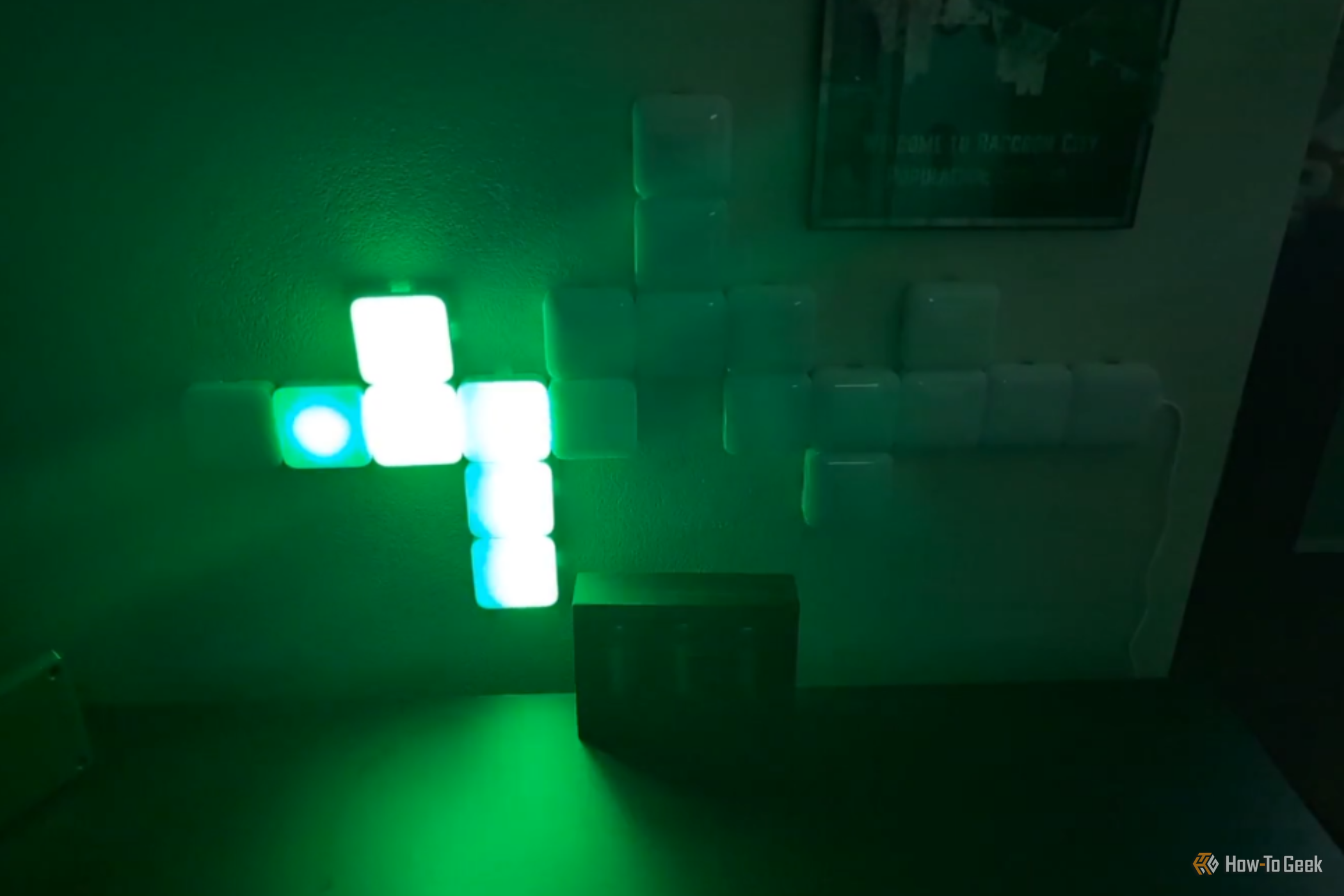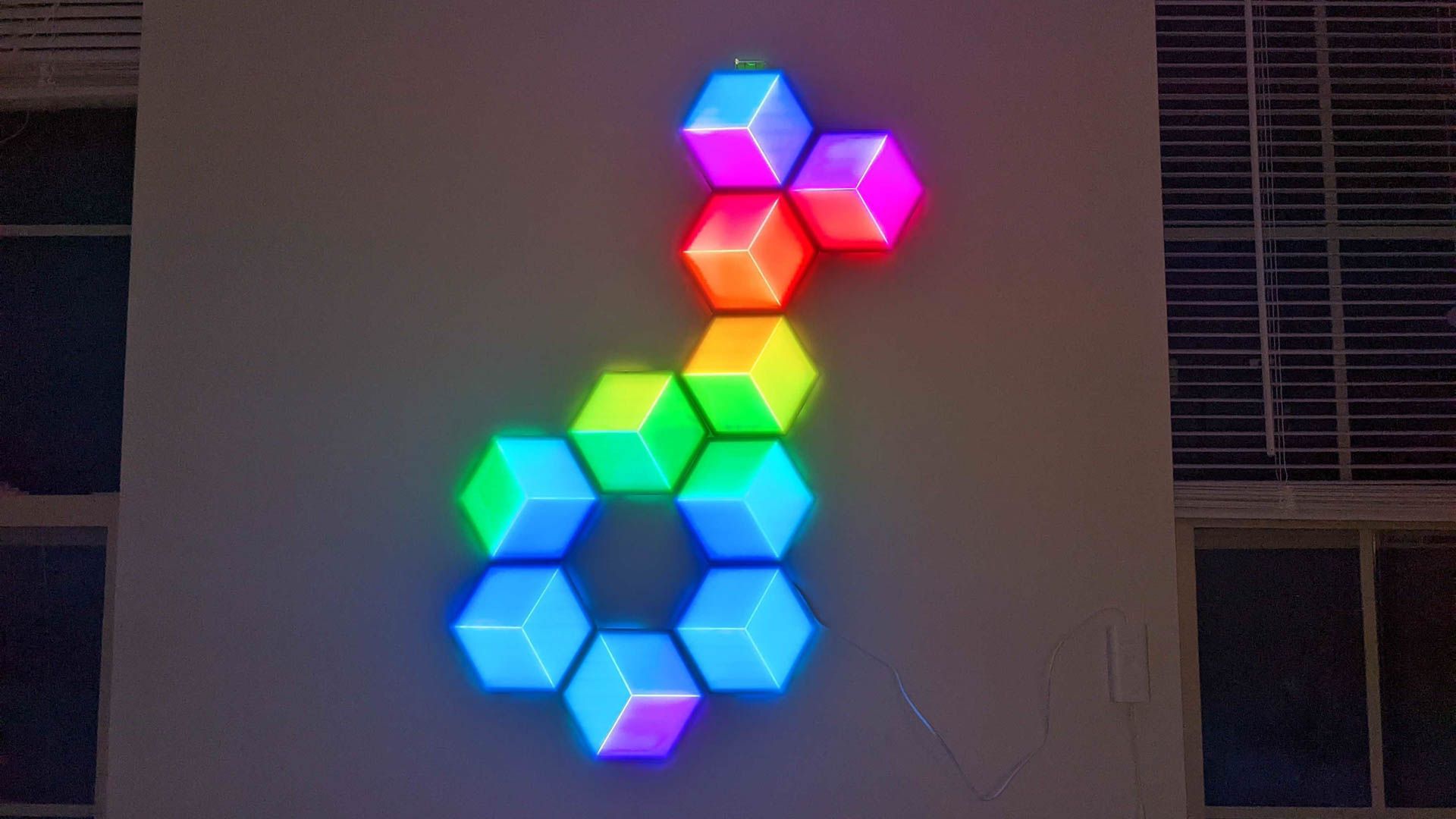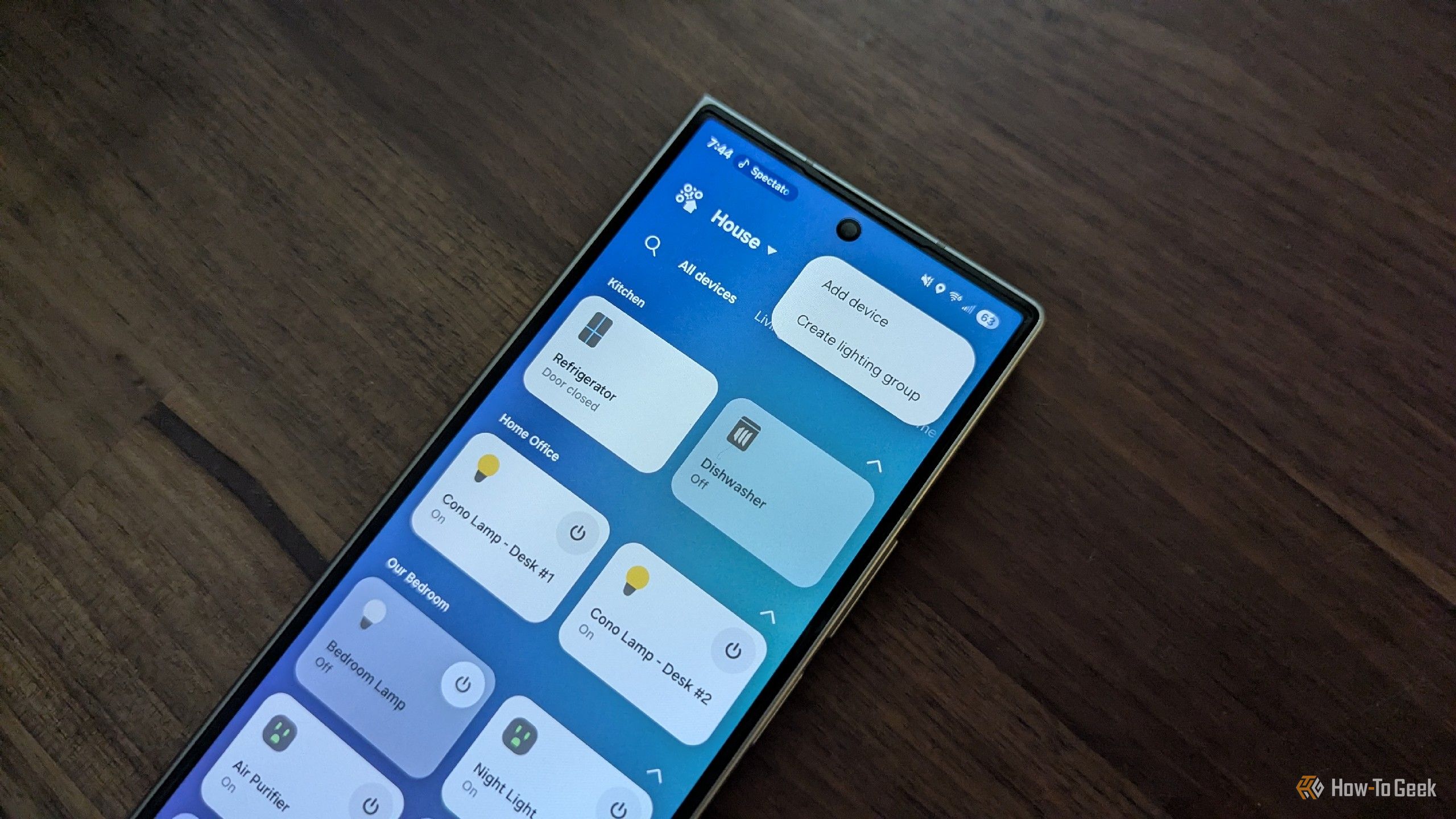I long thought of smart lights as an extravagant and wasteful gimmick. Being able to change the color of a bulb or turn a light on with my voice seems unnecessary and not worth the price of entry. Then the time came when there were problems in my life that, I realized, smart lights could solve—and they have!
Dimmable Lights Are Good for the Soul
All of us are creatures affected by light. We evolved following the rhythm of the sun, waking up naturally as the world brightens and falling asleep as the world dims. Our natural environment isn’t an on-and-off switch that’s super bright one moment and pitch dark the next. It’s a gradual transition. Smart lights can make our indoor setting more like the one outdoors.
It took me a while to realize just why I felt cranky when family members turned on the lights at night. Our latest house has bright recessed lights that are super bright. When they’re on at night, it’s like I’m standing under the noon-day sun. It effectively makes nighttime, when the lights are on, brighter than in the middle of the day when we have softer light filtering through the windows.
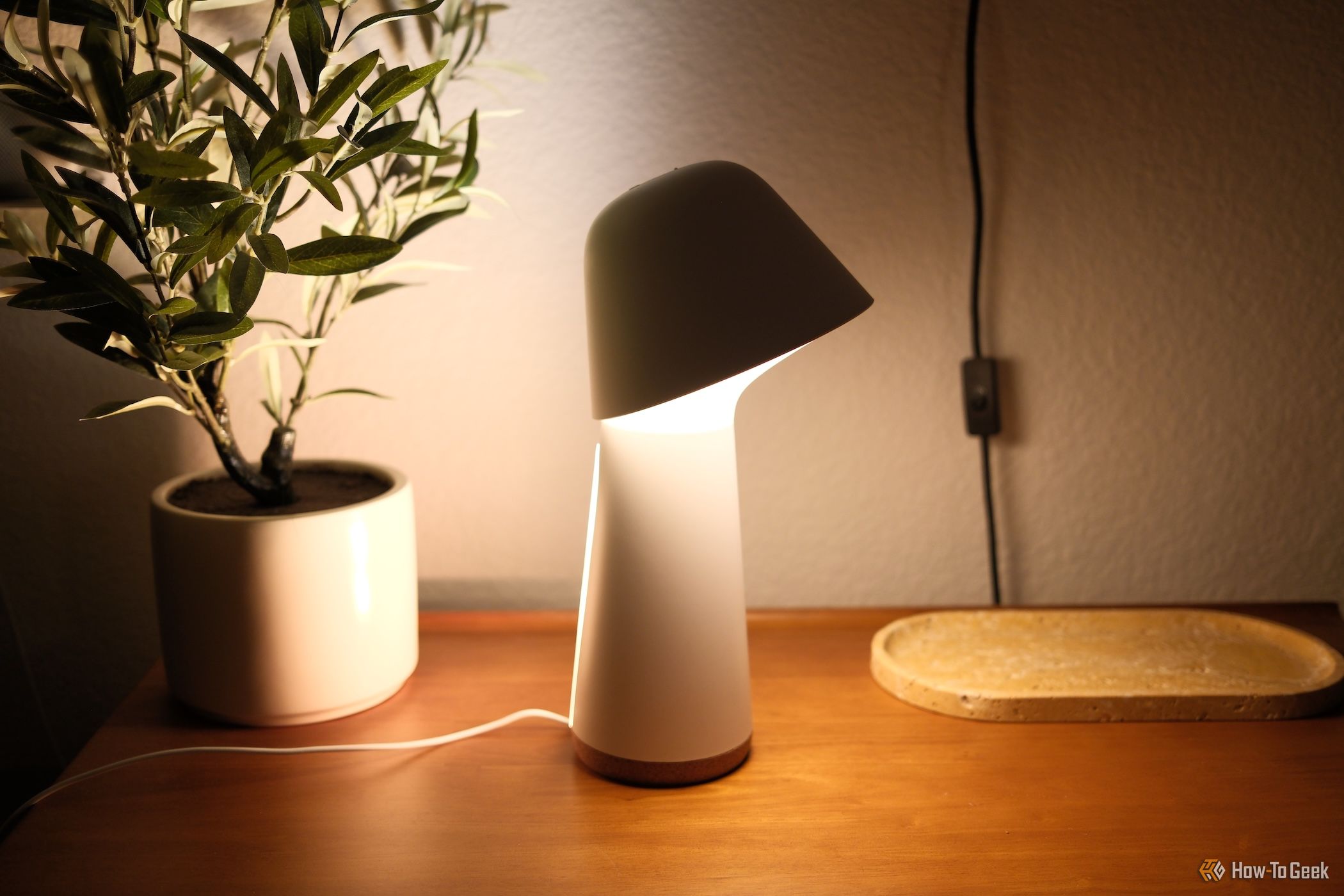
Related
Philips Hue Twilight Review: A Fancy Smart Lamp Trying to Promote Better Sleep
The Hue Twilight makes it easy to fade light in or out.
I’m in the process of making our home’s built-in lights dimmable, but we already have a couple Govee Floor Lamp 2 in the living room (similar to the Govee Floor Lamp Pro, except with Matter compatibility—a vital part of why I’m now comfortable with making a smart home). We also have a lamp with a TP-Link Tapo bulb in our bedroom. We can dim the light so that there’s low ambient lighting when we just need to be able to see enough to move around and slightly brighter lighting if we’re trying to read, but the lights rarely ever need to be cranked all the way up. Not only do I feel better, but I have an easier time falling asleep as a result.
Colors Impact Our Mood More Than We Think
I’m a dad in a family of four, and I see each day how little our mood has to do with our own willpower. While our personal state of mind does matter, if one member of the family is cranky, the rest of us quickly get cranky too. We’re not separate from our environment.
It pays dividends to create a setting that makes you feel at ease. My mind originally went to furniture and wall furnishings. As I got older, I realized the importance of natural light and houseplants. Now I understand the role of interior lights and colors as well.
A pool of blue light can spark joy whenever you enter a room that a plain light bulb would not. A light that cycles through multiple colors can create a fun atmosphere as you work, making time spent in a home office something you look forward to, if only in this small way. If Govee mini panel lights can bring a smile to your face on a hard day, I’m personally no longer going to judge.
I Can Stop Nagging Others to Turn Off Lights
I’ve mentioned I’m a parent, and I’m mentioning it again. Being part of a family is a huge part of why I’ve developed an interest in building a smart home. I’m the person in our household who follows behind others, turning off forgotten and unused lights. I’m the one doing the final walk through before bed or leaving the house, making sure the lights are off. I’m that nagging parent and spouse.
Smart lights remove the irritation from everyone involved. Lights come on automatically for the people who want them on, at a brightness level I can tolerate. Then I can check if the lights are off without having to loop around the entire house multiple times a day. I’m already getting in my steps from the constant daily grind of chasing, serving, and cleaning up behind two young kids. It’s not laziness to make checking lights something that can be done by glancing at a screen.
Smart Lights Are More Energy Efficient
Why do I insist on turning off lights? On one hand, I just find them too bright. But on another hand, they waste energy. Even LEDs can be wasteful when each room has at least four of them come on whenever you flip a switch. I didn’t pick out the bulbs that were installed in our home, and they can each go up to 12W each. A living room with eight of those is right back in incandescent light territory. These lights are dimmable and use less power when dimmed, which is part of the reason I’m installing dimmers. If lights can use less power when on, that’s a win-win for everyone.
Setting smart lights to a timer saves even more power. I can have lights automatically come on for the four hours in the evening when I tend to need them, then have them turn themselves back off. Motion sensors can have lights in the pantry or a closet pop on when you enter them and turn off after I leave. Sensors at the front door can trigger lights as we come home after a certain time of day, without us having to leave a light on in advance. Smart lights, ultimately, save more power than they use.
Lights Are a Cheap Form of Security
Most crime happens between people who know each other. As for strangers, those looking to break into someone’s house tend to pick what looks like the easiest target. A home security system is a form of deterrence, albeit often an expensive one. Smart lights are a much cheaper first line of defense.
I can set lights to come on when we’re not home, giving the impression that someone is still around. I can even just toggle them on from my phone remotely, creating patterns that are less predictable. I live in an area where everyone has a car parked next to their home, and lights can provide the impression that someone is home even when the cars are gone.
Lighting Can Be More Accessible
How hard is it tisflip a switch? I get it. This was my thought for the longest time as well. Yet as we age, when we suffer from injuries, or if we’re born with whatever physical impairment, flipping switches can legitimately be difficult. Smart lights offer multiple ways to help.
Lights that can be toggled from a screen or voice assistant reduces how often an older person risks suffering from a fall. Switches that come on via motion sensors or a timer don’t require someone using crutches to navigate their way to the nearest one. A caregiver can even address such needs remotely. Is a ramp easier to walk up than steps? Sure. But they also open up spaces to people who can navigate one but not the other. This is less about luxury than improving quality of life.
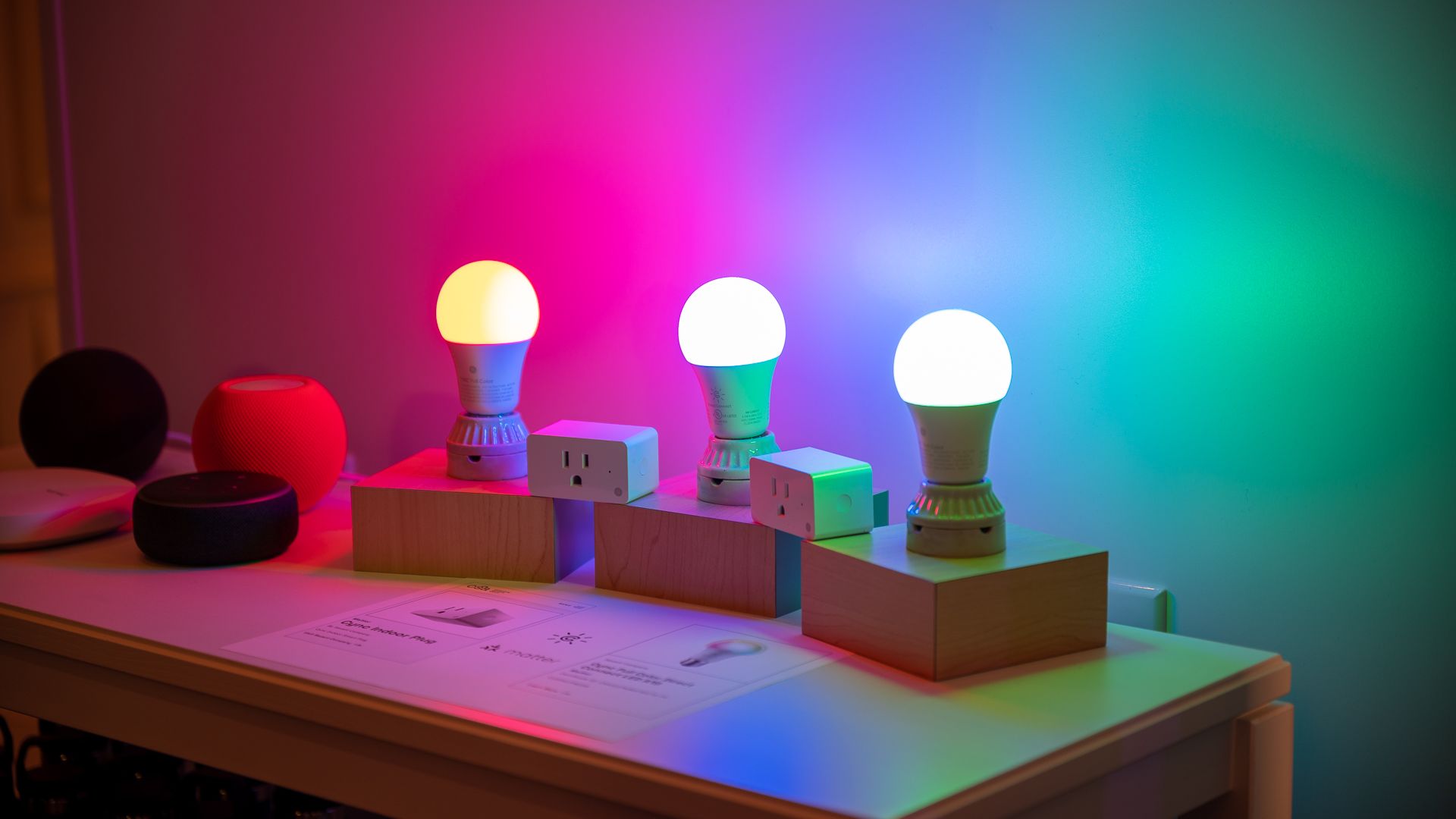
Related
The Best Smart Light Bulbs of 2024
You’re smart, shouldn’t your light bulbs be too? Here’s our picks for the best and brightest.
I’ve had a complete rethink when it comes to smart lighting. Automating lights is more straightforwardly beneficial in a practical way that, say, having Spotify automatically start playing when you enter a room is not. I’ve started buying smart lights, and I’m in the process of converting my built-in lights into smart ones using smart switches. I’m looking forward to no longer pacing around the house turning off lights that someone else left on—and being more pleasant to be around as a result.

